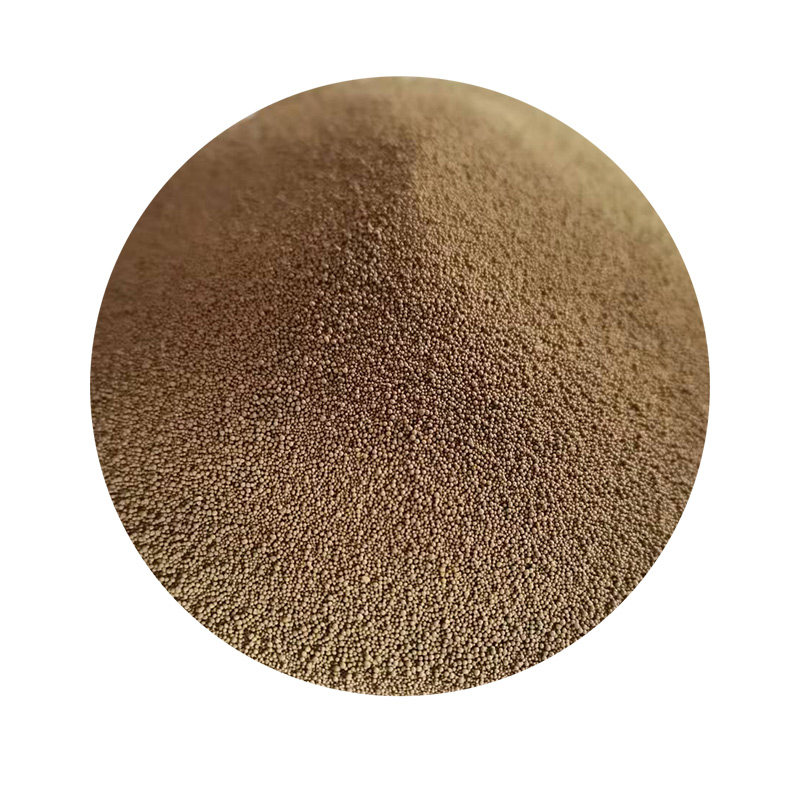Investment Casting Sand An Essential Component in Precision Metal Casting
Investment casting, also known as lost-wax casting, is a sophisticated method used for producing complex metal components with high precision. This advanced manufacturing process is favored in various industries, including aerospace, automotive, and medical sectors, due to its ability to create intricate designs and exceptional surface finishes. One of the critical components that influence the quality and efficiency of this process is the casting sand used in the creation of molds and cores.
Understanding Investment Casting
Before delving into the specifics of investment casting sand, it’s essential to understand the investment casting process itself. The process begins with the creation of a wax pattern, which is a replica of the final product. This wax pattern is coated with a ceramic shell—often made by applying layers of fine sand mixed with a bonding agent—through a method of dipping or pouring. Once the ceramic shell hardens, the wax is melted and drained away, leaving an empty mold into which molten metal can be poured. The ceramic shell not only supports the shape during pouring but also helps achieve intricate details and tight tolerances.
The Role of Sand in Investment Casting
While traditional sand casting primarily relies on sand-based molds, investment casting employs a different approach. The ‘sand’ in the context of investment casting usually refers to the fine particles used in the ceramic shell formation. This sand plays a crucial role in determining how well the mold retains its shape, its heat resistance, and its ability to provide a smooth finish on the cast product.
Types of Sands Used in Investment Casting
The type of sand utilized in investment casting is typically silica-based, but it must be of very fine grain to ensure a smooth mold surface. The choice of sand can significantly affect the casting process's overall quality. Commonly, sands used in investment casting can include
1. Silica Sand This is the most widely used type of sand. Its high melting point and excellent flow characteristics make it ideal for forming molds and cores. However, the sand must be treated to minimize impurities and ensure consistent performance.
2. Zircon Sand This sand is used when high thermal stability and low expansion are required. Zircon is more expensive but offers superior qualities, especially for intricate geometry and thin-walled applications.
investment casting sand

3. Chromite Sand Often utilized for projects requiring high-temperature stability, chromite sand enhances the mold's strength and helps prevent metal penetration, which can lead to casting defects.
Properties of Investment Casting Sand
The effectiveness of casting sand can be gauged by its properties. Some key characteristics include
- Grain Size Finer grains result in smoother surfaces and better detail, while coarser grains may speed up the molding process but lead to rougher finishes.
- Thermal Conductivity A good investment casting sand should have low thermal conductivity to ensure the controlled cooling of the metal, which helps minimize distortion and dimensional changes.
- Refractoriness High refractoriness is essential for sands used in investment casting, as they need to withstand the high temperatures of molten metals without deforming.
The Advantages of Using the Right Investment Casting Sand
Using high-quality investment casting sand offers numerous advantages. It enhances mold strength, reduces the likelihood of defects like misruns, cold shuts, and shifts, and ultimately leads to higher yields and lower scrap rates. Furthermore, the right sand contributes to better surface finish and precise dimensional accuracy, essential for components subjected to stringent tolerances.
Conclusion
In summary, investment casting sand is a fundamental component that significantly impacts the casting process's success. As industries continue to demand more precision and complexity in metal components, understanding the nuances of casting sand and its properties will remain vital for manufacturers. By selecting the appropriate type of sand and optimizing its characteristics, businesses can improve their investment casting operations, leading to superior product quality and efficiency in their manufacturing processes. As technology continues to advance, the exploration of new materials and innovations in casting sand will likely play a pivotal role in the future of investment casting.
Post time:ديسمبر . 30, 2024 10:04
Next:Exploring the Techniques and Advantages of Open Sand Casting in Metal Fabrication
